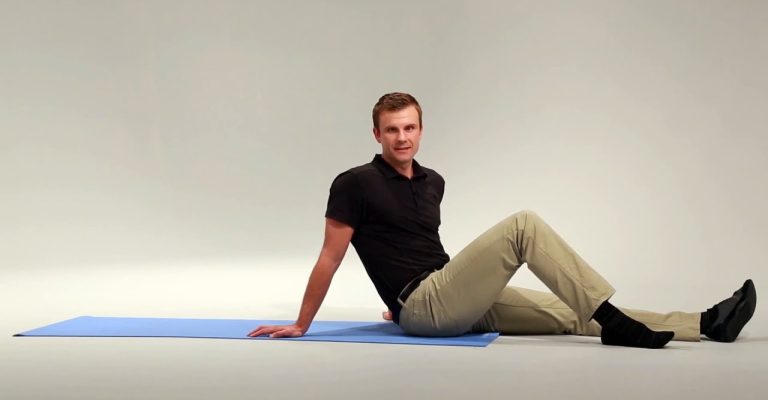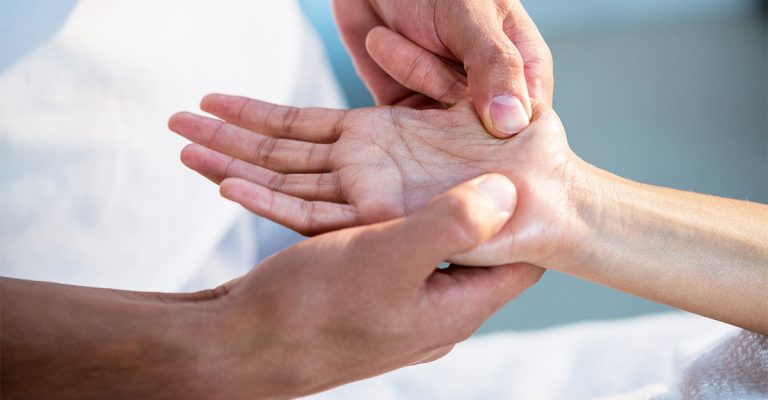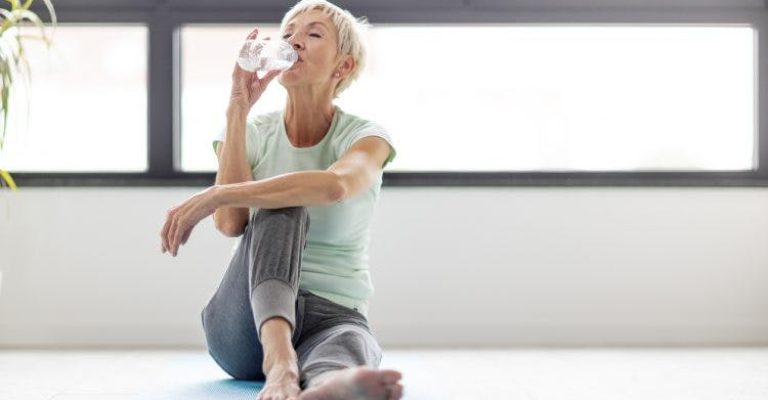
Undergoing any medical condition is tough but having a stroke is an incredibly taxing experience. Stroke sufferers face many problems; some lose their physical abilities while some’s mental skills are affected.
But all hope is not lost because recovery is possible. Here are ten stroke rehabilitation exercises that can help speed up your recovery.
The following workouts have been proven to aid post-stroke recovery by enhancing muscle strength, flexibility, stamina, and balance.
Because of their numerous benefits, physical and occupational therapists regularly recommend them to their patients.
Perform this while holding a can of beans or a water bottle in your palm. Put your upturned forearm on a surface like a table or your lap.
Bring your palm down toward your forearm to flex your wrist. Wrist extension can also be trained by inverting the forearm and bringing the palm down toward the underside of the arm.
For 90 seconds in each direction, gently stretch your wrist at its end range of motion using your strong hand.
This exercise can help you avoid shoulder problems like frozen shoulder and shoulder subluxation and to increase your shoulder’s strength and range of motion.
The proper form is to hold the arms at the sides with the elbows bent to a 90-degree angle. Open a door by rotating your arms outward.

The benefits it provides include enhanced neuroplasticity and greater arm strength and coordination (reorganization of nerves and brain cells).
Put your hands together in a fist and put them on the table in front of you. Draw a big circle on the table using a “churning” motion with your hands.
Make use of your physical superiority to take the lead if necessary. Do it ten times in one direction, then ten times in the other.
Locate a comfy chair or the head of your bed, and sit upright with your palms facing down.
Raise your torso as high as you can while seated, and then curl your upper body to the right to form the letter “C” Concentrate on fully opening your left trunk. Don’t let go for more than a few seconds; switch sides.
The proper position is to sit on the edge of a chair or bed, with your hands clasped softly in your lap.
Put as much forward bend as possible into your body and reach your hands down toward your ankles. Make use of your core muscles to sit up as straight as possible.
Place yourself upright, such as on the edge of a chair or the bed. Relax your upper body and hold a bit of abdominal contraction.
Bring up one knee as far as it will go. Then, after counting to three, release and swap to the other side.
Try doing it while standing with one hand on a firm table or counter for balance. You can also attempt this by lying on your back and drawing your knee to your chest.
Benefits include enhanced leg and core strength and a more stable pelvic base.
Place yourself upright, such as on the edge of a chair or the bed. Relax your upper body and hold a bit of abdominal contraction.
Raise one leg straight while kicking the other leg out to the side. Make an effort to prevent your toe from turning outward. Come back to the beginning and switch sides.
If you want to get further ahead, try doing this while standing up, and if you’re going to get an easier workout, try doing it while lying on your back.

The benefits include enhanced weight shifting, balance, and core and leg strength.
Specifically, here’s what you do: Place your feet level on the floor, about hip-width apart, and sit on the edge of a chair or the bed.
Your feet should be squarely under your knees, and your knees should be bent. Stand up straight and lean forward (imagine “nose over those” or launching an aeroplane, not a rocket ship).
Your arms are an excellent tool for this. Then, settle back into your seat.
Suggestions for adjusting it: You may take numerous approaches to tailor this to your requirements.
If you want to “push” your weaker leg to work harder, you can try not using your hands, lowering slowly to the count of 3, holding a light dumbbell in your hands, or even placing your uninvolved foot on a low stool.
Benefits include enhancing core strength and enabling advantageous weight-bearing in both arms and legs (great for improving sensation).
Lie on your back with your legs bent and hands under your shoulders. Don’t let your head droop or rise too high; keep it level with the rest of your spine by maintaining a soft glance at the ground.
Relax and tighten your ab muscles. Stretch one leg in front of you and one arm out in front of you.
Imagine a glass of water resting on your lower back, and do your best to keep it from breaking.
Keep this position for a count, then switch sides and repeat.
If it’s too difficult to lift both arms and legs simultaneously, try lifting them separately. You can also keep your feet firmly on the ground and rock slowly in either direction.
Benefits include increased strength in the core and back, specifically the glute muscles, which help with standing and transferring.
The proper position is to lay flat on one’s back, with the palms facing down and the fingers interlaced (try a yoga mat for comfort).
Relax and tighten your ab muscles. The buttocks should be lifted by pressing down via the heels. Pause at the peak for one count, and then lower yourself gradually.
To make this more manageable, lift your hips by pressing against a huge bolster placed beneath your knees after straightening your legs.
Make it more challenging by raising and lowering one foot while gripping the bridge’s peak.
Explore these ten simple exercises to ease your post-stroke recovery. Incorporate these easy to follow workout regimes in your daily routine for a speedy recovery and take back your life.
Also Read: Hand Therapy Putty Exercises to Try at Home